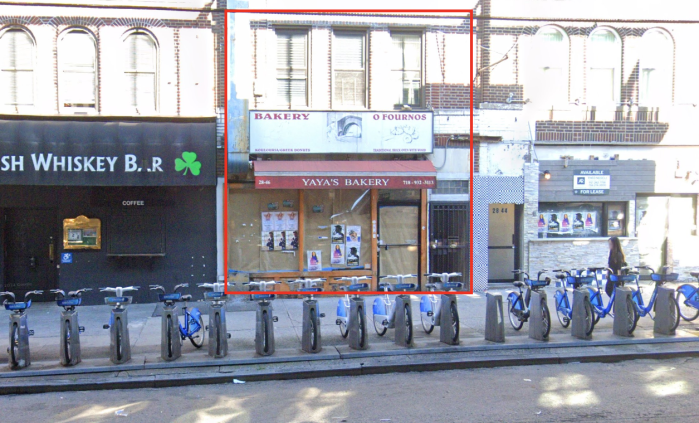By Sarina Trangle
A swath of Ridgewood known for pioneering one of the first working class residential developments a century ago is poised to retain its historic housing stock for years to come.
The city Landmarks Preservation Commission unanimously voted Tuesday to designate a 990-building area the Central Ridgewood Historic District. It sprawls in an irregular pattern between Fresh Pond Road and Forest and Onderdonk avenues and Madison Street and 71st Avenue, .
If the city Planning Commission and City Council approve this move, the new district will fall under the Landmarks Preservation Commission’s protection and require its approval ahead of most types of alterations.
“The buildings in this district were a significant upgrade from earlier tenements and served as a model for affordable housing at a time when New York City’s population was growing rapidly,” the commission’s chairwoman, Meenakshi Srinivasan, said in a statement. “Most remarkably, most of these lively buildings remain unchanged since their completion over 100 years ago.”
Ridgewood was comprised mostly of farmland and amusement parks in the 19th century, but the addition of an electric trolley in 1894 and train service a century later ushered in a transformation. An influx of affluent Germans eager to get away from crowded neighborhoods in downtown Manhattan and eastern Brooklyn began settling in Ridgewood, while the majority of its housing went up between 1906 and World War I.
Louis Berger & Company, a firm started by a German immigrant who studied at Pratt Institute, provided architectural services for more than 5,000 buildings in the Ridgewood-Bushwick area between 18995 and 1930. Another 2,000 homes in the Central Ridgewood Historic District were built by German-born Paul Stier.
The district boasts mostly Renaissance Revival-style brick row houses, many with brownstone stoops, cut-glass, wood doors and intact iron fences, railings and gates.
City Councilwoman Elizabeth Crowley (D-Glendale) said she was thrilled with the commission’s vote.
“Preserving historically significant neighborhoods is important for today’s New Yorkers, and for future generations, to understand their cultural heritage,” she said in a statement.
Paul Kerzner, counsel for the Ridgewood Property Owners and Civic Association, said he has been working on landmarking the neighborhood since 1984. He said most of it falls under state and federal landmark designations that offer landlords up to a 20 percent tax credit on major renovations to spur preservation work. About half of such areas fall under city designations, including those in Ridgewood South and North historic districts, which come with protections from dramatically altering the area.
“It’s probably one of the only neighborhoods in the city that was originally built for working class residents,” Kerzner said. “Most with landmarks were built for the upper middle class, so it kind of fits in with the mayor’s philosophy.
Reach reporter Sarina Trangle by e-mail at strangle@cnglocal.com or by phone at (718) 260–4546.































